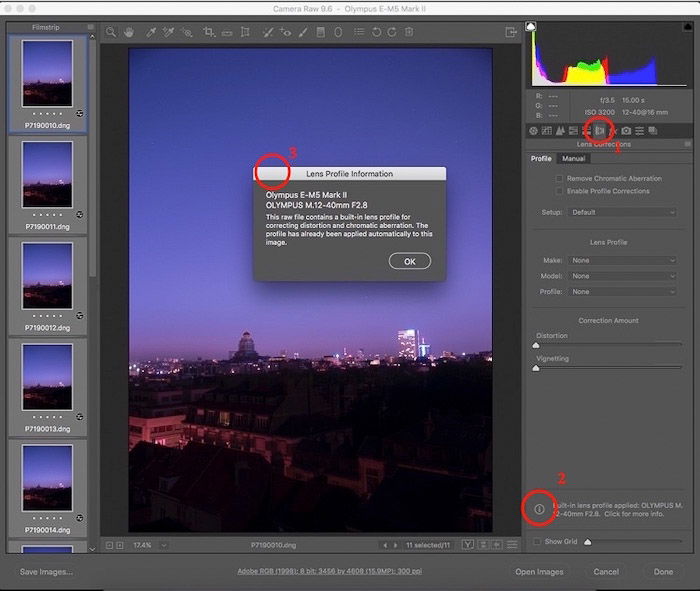
On most days it is spot on and on rare occasion, a few resets are required to get it to behave. The tracking and GoTo capabilities are not unlike other mounts. It comes with a 2-inch, dual rate (11:1) Crayford focuser. It has a focal length of 1,800mm giving it a focal ratio of 4.4. Total weight of the basic scope is about 195 pounds. I have transported it a number of times with zero issues. Total time for tear-down and setup is about 25 min. The scope can be completely disassembled and transported.

I own an Orion 16-inch GoTo Dobsonian and as the name implies, it is a standard GoTo scope with the type of hand controller most of us are familiar with. For a given dollar amount, Dobs have a greater light collecting ability. Typically, when buying a Dob, you are trading the accuracy and precision of an equatorial mount for the larger aperture (mirror size). If that is the case, then we could call any type of scope (Mak, refractor, SC, astrograph) mounted on an alt/az mount a “Dobsonian.” The point being, the terms “Dob,” “Dobsonian,” “alt/az mount,” are all, generally speaking, synonymous.

So, what makes a Dob a Dob? Well, it’s the alt/az mount. Dobs since then have morphed quite a bit truss tubes, outstanding optics, GoTo and tracking capabilities, etc. When John Dobson invented the Dobsonian he wanted the general public to have access to an inexpensive, lightweight, and yet at the same time a large aperture scope. A Dobsonian telescope, simply put, is a Newtonian OTA (optical tube assembly) mounted on an alt/az mount. That was it, I was hooked! Let’s clear the water a bit before we press forward. I distinctly remember setting it up on the hood of my grandmother’s car and pointing it at the moon. Its objective lens was perhaps 1 inch across. My first “telescope” was a small spotting scope given to me by my grandfather. I spent countless hours during many summer nights looking up at the night sky.

Like many of you, my love of this hobby began at an early age.


 0 kommentar(er)
0 kommentar(er)
